On Thursday At 9:54 am, Dhaka's air quality index (AQI) score of 252 placed it third globally among cities with the poorest air quality.
With AQIs of 302, 255, and 195, respectively, Pakistan's Karachi, and India's Delhi and Kolkata took first, second, and fourth place.
A rating of 201 to 300 on the AQI is deemed "very unhealthy," and one between 301 and 400 is deemed "hazardous," presenting major health hazards to locals.
Meanwhile, an AQI between 101 and 200 is considered 'unhealthy', particularly for sensitive groups.
In Bangladesh, the AQI is based on five criteria pollutants -- Particulate Matter (PM10 and PM2.5), NO2, CO, SO2 and Ozone.
Dhaka has long been grappling with air pollution issues. Its air quality usually turns unhealthy in winter and improves during the monsoon.
As per the World Health Organization (WHO), air pollution kills an estimated seven million people worldwide every year, largely as a result of increased mortality from stroke, heart disease, chronic obstructive pulmonary disease, lung cancer and acute respiratory infections.
In the meantime, an AQI of 101–200 is regarded as "unhealthy," especially for sensitive populations.
Five criterion pollutants are used to calculate the air quality index (AQI) in Bangladesh: particulate matter (PM10 and PM2.5), NO2, CO, SO2, and ozone.
Air pollution has always been a problem in Dhaka. Usually, the winter months bring on unhealthy air quality, which then improves during the monsoon.
The World Health Organisation (WHO) estimates that air pollution kills seven million people annually globally, mostly due to higher rates of stroke, heart disease, lung cancer, chronic obstructive pulmonary disease, and acute respiratory infections.



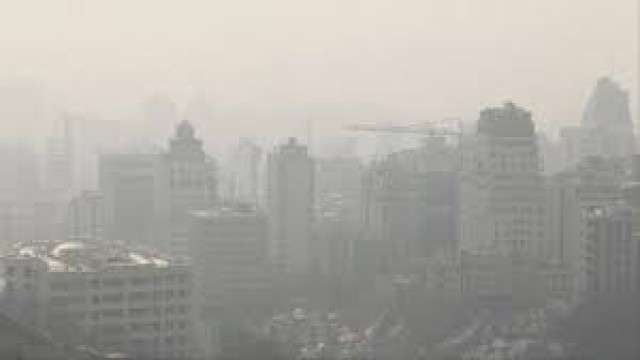
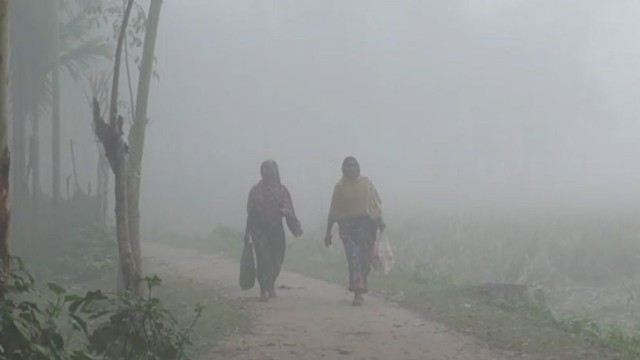
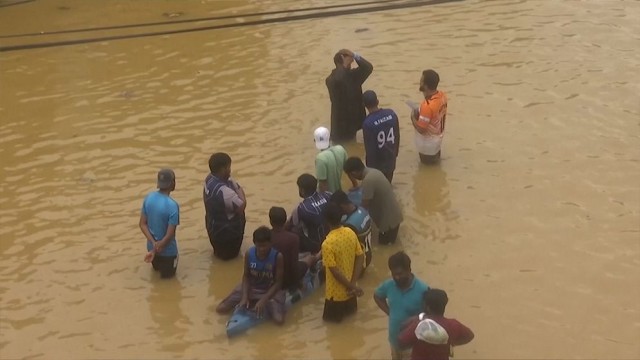

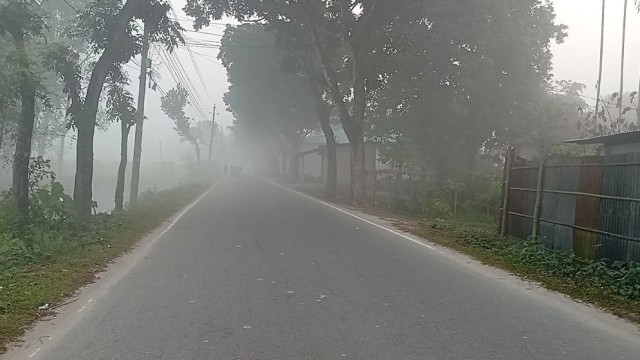

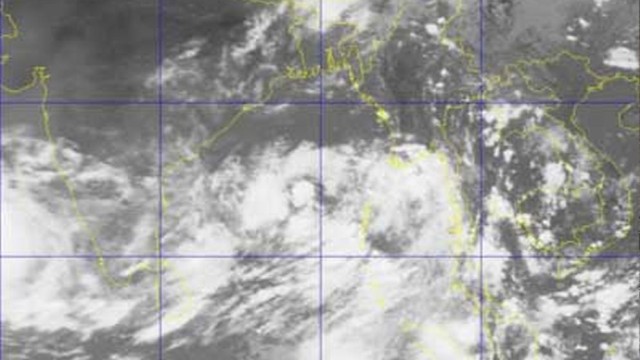
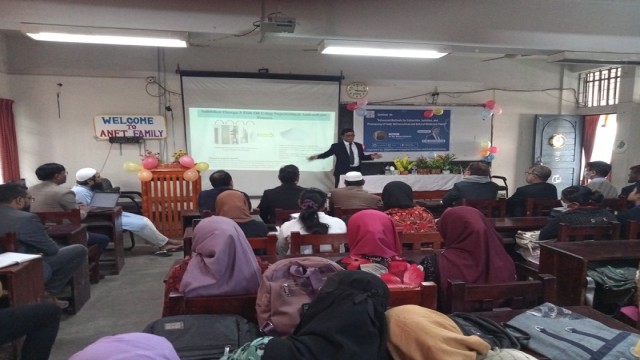
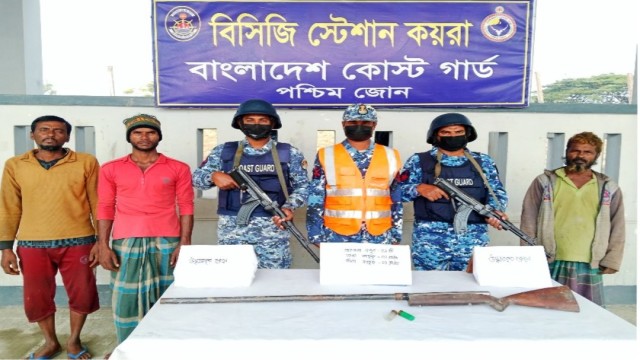



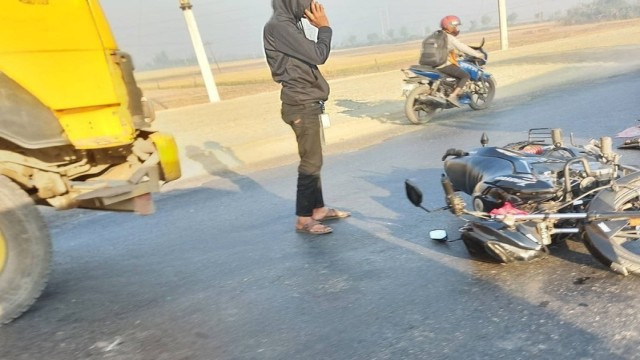

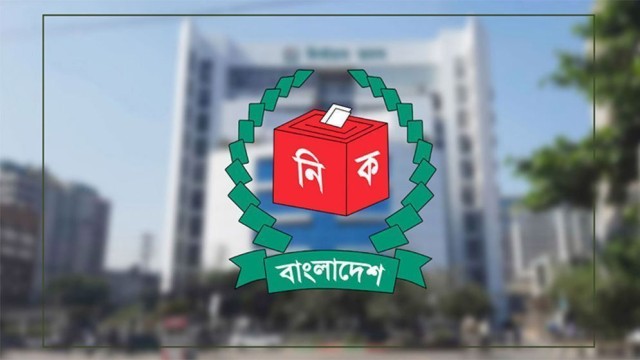





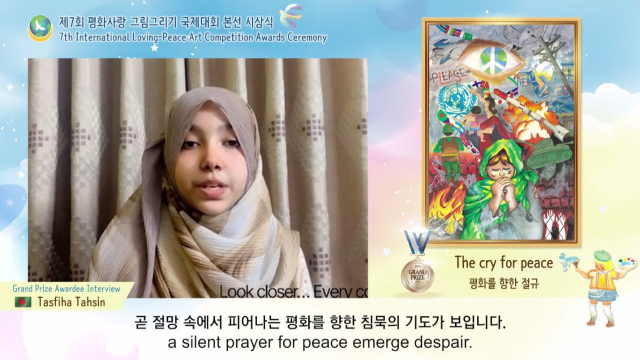




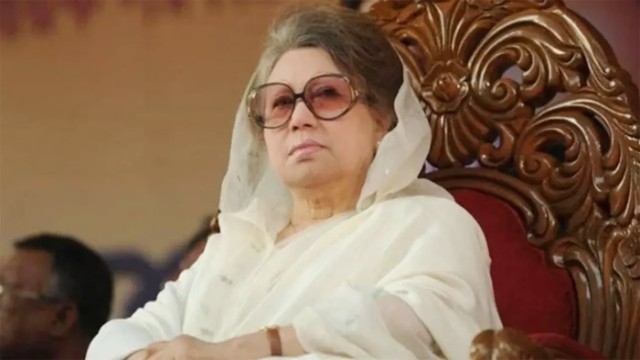


Comment: